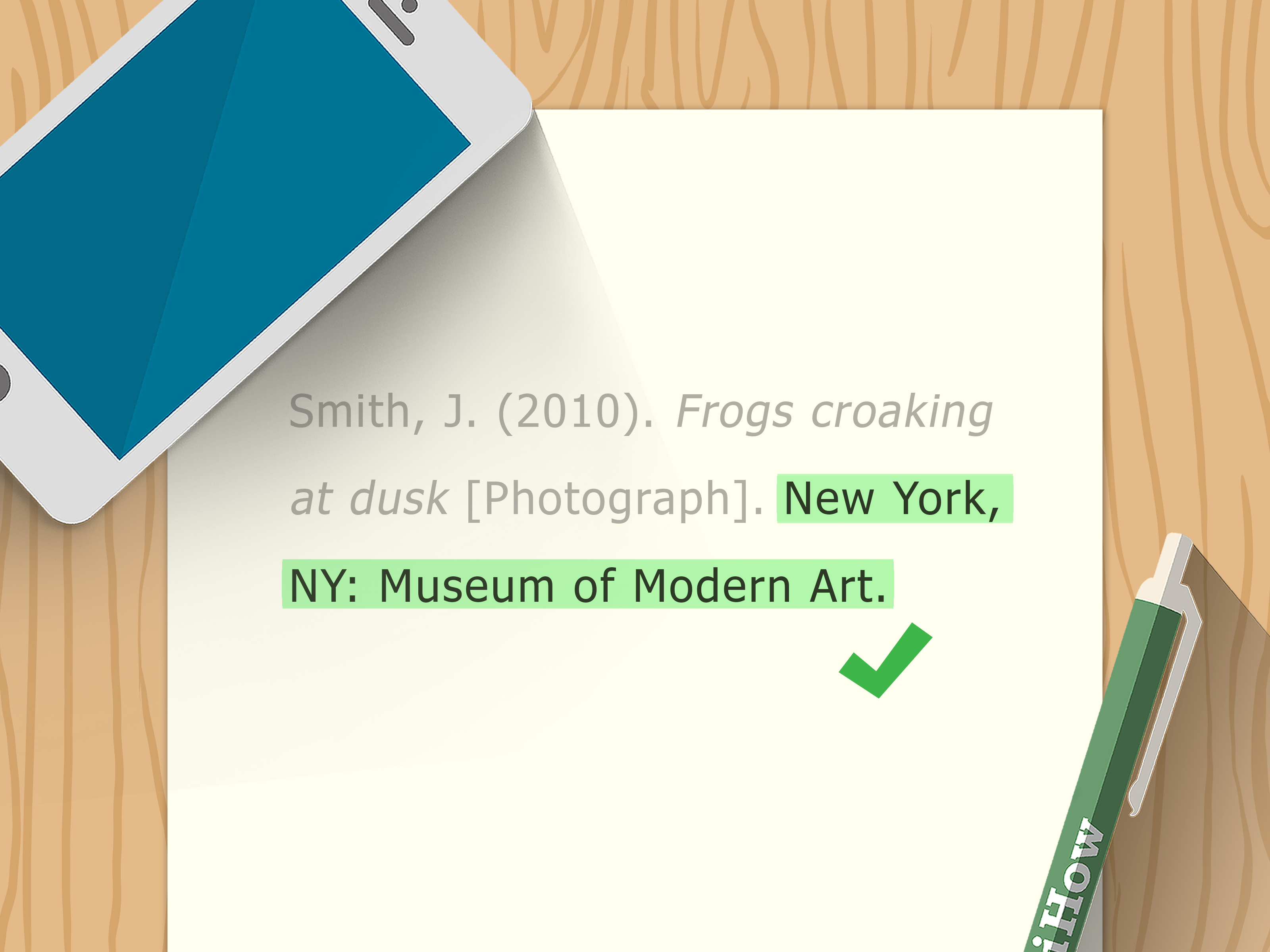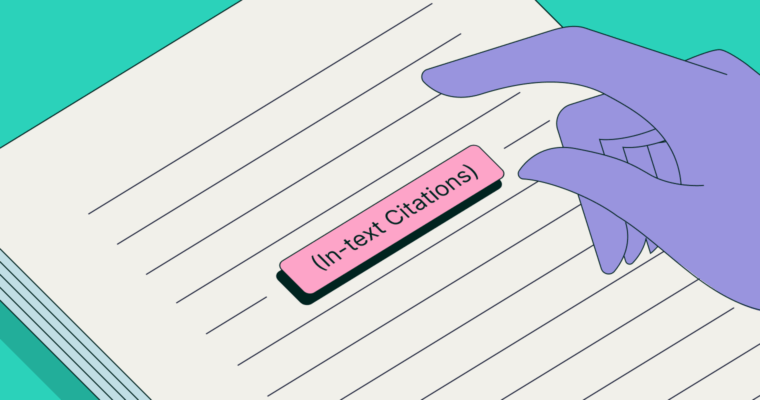When you’re working on an academic paper, incorporating images can really boost your argument or illustrate your points. But it’s super important to give credit where it’s due—that means citing your images properly. Proper citation not only shows respect for the creators but also keeps you out of trouble with plagiarism. Whether you’re using photos from stock sites like Shutterstock or other sources, understanding how to cite images correctly is a key part of responsible academic writing. Let’s dive into what you need to know to get it right and make your work both credible and ethical.
Understanding Shutterstock Licensing and Usage Rights

Before you include Shutterstock photos in your academic papers, it’s essential to understand their licensing options and what rights you have with each. Shutterstock offers primarily two types of licenses:
- Standard License: This license allows you to use images in most projects, including digital and print, but with some restrictions. You can use the image for up to 500,000 copies or views, and it’s suitable for presentations, essays, and reports. However, you cannot use the images for merchandise, merchandise packaging, or anything that involves resale or redistribution.
- Enhanced License: This provides broader rights, including unlimited reproduction and the ability to use images in products for resale or distribution. It’s ideal if your project involves commercial use beyond standard academic purposes.
It’s also crucial to remember that Shutterstock images come with specific usage rights, and violating these can lead to legal issues. Here are some key points:
- No Unlawful Use: You can’t use images for illegal, defamatory, or obscene purposes.
- No Modification for Trademark Purposes: Altering images in a way that could infringe on trademarks or mislead viewers is prohibited.
- Attribution: While Shutterstock doesn’t always require attribution, some images or licenses might specify this. Always double-check the licensing details for each image.
In an academic setting, you typically want to use images under the Standard License for non-commercial, educational purposes. Still, citing the image correctly is essential, and understanding your license helps you stay compliant. If you’re ever in doubt, it’s a good idea to review Shutterstock’s licensing terms or consult your institution’s guidelines. Remember, respecting licensing terms not only keeps you on the right side of legalities but also honors the work of the original creators.
Steps to Properly Cite Shutterstock Photos in Your Academic Paper

Using images from Shutterstock can really elevate your academic work, but it’s essential to give proper credit. Proper citation not only respects copyright laws but also adds credibility to your research. Here’s a simple step-by-step guide to help you cite Shutterstock photos correctly:
- Identify the necessary information – Before you can cite a Shutterstock image, gather all the details needed. This usually includes the photographer’s name (if available), the image title or description, the Shutterstock platform, and the URL of the image.
- Check your citation style – Different academic disciplines require different formats, such as APA, MLA, or Chicago. Make sure you know which style you’re supposed to use for your paper.
- Locate the citation format for your style – Once you know the style, find the specific guidelines for citing online images. Most style guides provide examples for digital images and stock photos.
- Gather all citation details – For Shutterstock images, this includes:
- Photographer’s name (if available)
- Title or description of the image
- Website name (Shutterstock)
- URL of the image
- Date accessed
- Construct your citation – Using the information and style guidelines, format your citation accordingly. Be consistent throughout your paper, and double-check for accuracy.
Remember, each style has unique rules, so always refer to the latest edition of your style manual. When in doubt, include more details rather than fewer — it helps your readers find the original image easily and shows thoroughness in your research.
Examples of Proper Shutterstock Photo Citations

To make things clearer, here are some examples of how to cite Shutterstock images in different styles. Let’s assume the image is titled “Sunset over Mountains,” taken by Jane Doe, and you accessed it on March 15, 2024.
APA Style
Format:
Author, A. A. (Year). Title or description of image [Stock photo]. Shutterstock. URL
Example:
Doe, J. (2024). Sunset over mountains [Stock photo]. Shutterstock. https://www.shutterstock.com/image-photo/sunset-over-mountains-123456789
MLA Style
Format:
Author’s Last Name, First Name. "Title or Description of Image." Shutterstock, Date of publication, URL. Accessed Day Month Year.
Example:
Doe, Jane. "Sunset over Mountains." Shutterstock, 2024, https://www.shutterstock.com/image-photo/sunset-over-mountains-123456789. Accessed 15 Mar. 2024.
Chicago Style
Format:
Author Last Name, First Name. "Title or Description of Image." Shutterstock. Date of access. URL.
Example:
Doe, Jane. "Sunset over Mountains." Shutterstock, accessed March 15, 2024. https://www.shutterstock.com/image-photo/sunset-over-mountains-123456789.
These examples should give you a solid starting point. Just remember to adapt the citation to fit your specific style guidelines and include all relevant details. Properly citing your Shutterstock images not only respects intellectual property rights but also showcases your attention to detail as a researcher.
Common Citation Styles and Shutterstock Photo Referencing
When it comes to citing Shutterstock photos in your academic papers, the key is understanding the citation style your institution or publisher prefers. Different styles have their own rules, but the goal is always to give proper credit to the original source. Let’s explore some of the most common citation styles and how they handle referencing images from Shutterstock.
APA Style (7th Edition): In APA, images are treated similarly to other media. You typically include a reference entry in your bibliography and a caption in your figure list. A typical Shutterstock image reference looks like this:
Author/Photographer. (Year). Title or description of the image [Stock photo]. Shutterstock. URL
If the photographer is unknown, you can start with the title or description. Remember to include the retrieval URL or DOI if available. For example:
Doe, J. (2022). Sunset over mountains [Stock photo]. Shutterstock. https://www.shutterstock.com/image-photo/sunset-over-mountains-123456789
In your paper, cite it as a figure with a caption, such as:
Figure 1. Sunset over mountains (Doe, 2022).
MLA Style (9th Edition): MLA emphasizes the creator and source. A citation for a Shutterstock image might look like:
"Title or Description." Shutterstock, uploaded by photographer, date, URL.
In your text, you’d refer to the figure like this:
Fig. 1. Sunset over mountains.
And in your Works Cited list:
"Sunset over mountains." Shutterstock, uploaded by Jane Doe, 15 March 2022, https://www.shutterstock.com/image-photo/sunset-over-mountains-123456789.
Chicago Style: Chicago offers two documentation systems: notes and bibliography, and author-date. For images, the notes and bibliography style is often used in humanities. A typical note might read:
1. Jane Doe, "Sunset over Mountains," Shutterstock, March 15, 2022, https://www.shutterstock.com/image-photo/sunset-over-mountains-123456789.
And the bibliography entry:
Doe, Jane. "Sunset over Mountains." Shutterstock, March 15, 2022. https://www.shutterstock.com/image-photo/sunset-over-mountains-123456789.
Remember, regardless of style, always include the photographer’s name (if available), the year, a brief description, the platform (Shutterstock), and the URL. When in doubt, consult your style guide or instructor for specific requirements.
Tips for Ensuring Accurate and Ethical Image Usage
Using Shutterstock photos ethically and accurately isn’t just about citing correctly—it’s also about respecting copyright laws and the rights of creators. Here are some practical tips to help you navigate this process smoothly:
- Always Verify License Terms: Before using any Shutterstock image, double-check the license type you’ve purchased. Shutterstock offers various licenses—standard and enhanced—and each has specific permissions and restrictions. Make sure your intended use aligns with the license you hold.
- Use Proper Attribution: Even if the license doesn’t require attribution, giving credit to the photographer or Shutterstock is a respectful and ethical practice. It also enhances transparency and academic integrity.
- Keep Records of Your Purchase and License: Save receipts, license agreements, or confirmation emails. These documents can be helpful if questions about usage rights arise later on.
- Avoid Modifying Without Permission: If you plan to edit or modify the image, check whether your license allows it. Some licenses restrict alterations to prevent misrepresentation or misuse.
- Respect Image Context and Representation: Use images accurately and in context. Avoid misrepresenting or misusing images in a way that could mislead readers or distort meaning.
- Stay Updated on Fair Use Policies: If you’re considering using images outside of your license, familiarize yourself with fair use laws—but remember, fair use can be complex and varies by jurisdiction. When in doubt, seek permission.
- Credit Appropriately in Your Work: When citing images in your paper, follow the required citation style meticulously. Proper attribution not only gives credit but also demonstrates your commitment to academic honesty.
- Be Mindful of Ethical Considerations: Avoid using images that could be offensive, invasive, or infringe on privacy rights, especially if they depict identifiable individuals. Always prioritize ethical standards to respect the dignity and rights of others.
By following these tips, you ensure that your use of Shutterstock images is both legal and respectful, reinforcing your reputation as a responsible researcher or student. Remember, when in doubt, consult your institution’s guidelines or seek advice from your instructor or a legal expert. Ethical image usage not only protects you from potential legal issues but also upholds the integrity of your academic work.
Conclusion and Best Practices for Citing Shutterstock Images
Properly citing Shutterstock images in your academic papers is essential to maintain integrity, give credit to creators, and adhere to copyright laws. To ensure accuracy, always use the correct citation format as specified by your institution or style guide, such as APA, MLA, or Chicago. When including Shutterstock images, include key details such as the creator’s name (if available), the image title or description, the source (Shutterstock), and the license type. For example:
| Component | Example |
|---|---|
| Author | Shutterstock Contributor Name |
| Title/Description | Beautiful Sunset Over Mountains |
| Source | Shutterstock |
| License Type | Royalty-Free |
| URL | https://www.shutterstock.com/image-photo/beautiful-sunset-over-mountains-123456789 |
Best practices include:
- Always verify the licensing agreement before usage to ensure proper permissions.
- Keep a record of the licensing details and purchase receipts for future reference.
- Incorporate citations seamlessly within your paper, following your chosen style guide.
- When in doubt, consult your instructor or institution’s citation guidelines for specific requirements.
In summary, accurate and consistent citation of Shutterstock images not only respects the rights of content creators but also enhances the credibility of your academic work. By following these best practices, you can effectively incorporate visual content into your papers while maintaining ethical standards.

